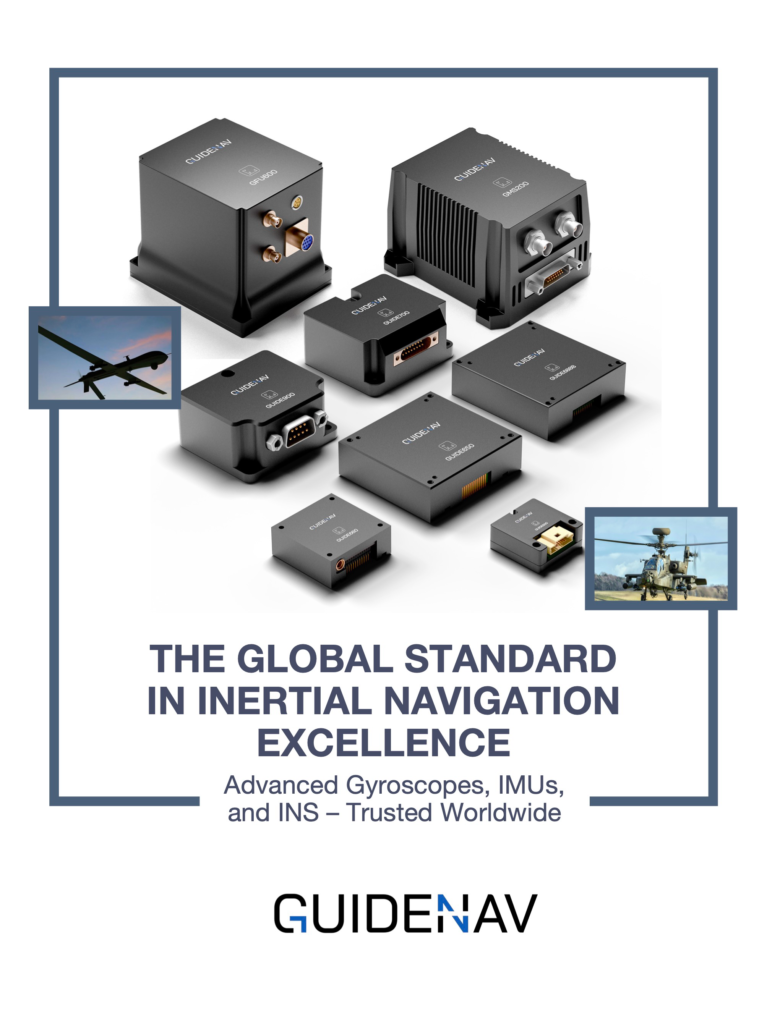Modern UAVs, robots, and targeting platforms rely heavily on IMU-based attitude estimation, yet gyroscopes inevitably drift with time and accelerometers are vulnerable to vibration and linear acceleration. These imperfections quickly accumulate and degrade accuracy. A practical fusion method is needed—one that balances fast, smooth gyroscope data with the long-term stability of accelerometer measurements.
A stable IMU relies on fusing gyroscope and accelerometer data. Gyroscopes drift, accelerometers are noisy, and a complementary filter blends both to deliver reliable, lightweight real-time attitude estimation.
Accurate IMUs rely on smart fusion.

Table of contents
Introduction — What Raw IMU Signals Can and Cannot Tell You
An IMU is essential for UAVs, ground robots, industrial tools, and precision targeting devices. But raw gyroscope and accelerometer readings alone cannot guarantee stable inertial sensing. Each sensor has strengths that are valuable for attitude estimation—and weaknesses that can severely limit performance. This is where sensor fusion becomes indispensable, allowing IMUs to produce clean, reliable orientation information even in challenging environments.

Gyroscopes in Motion — Fast, Smooth, but Always Drifting
A gyroscope measures angular velocity and provides the IMU with quick, fluid responses to rotation. It is the backbone of short-term attitude estimation.
Strengths
- High bandwidth and fast response
- Smooth, low-noise motion tracking
- Insensitivity to linear acceleration
Weaknesses
- Bias and zero-offset drift accumulate
- Temperature and aging affect stability
- Cannot maintain long-term accuracy alone
In short, a gyroscope excels at capturing movement but cannot anchor the IMU over time.
Accelerometers as Anchors — Stable, Absolute, but Easily Disturbed
Accelerometers measure specific force, including gravity, giving the IMU a built-in reference for long-term attitude estimation.
Strengths
- Long-term stability with no drift
- Absolute gravity reference for roll and pitch
- Useful during static or slow movement
Weaknesses
- Easily affected by vibration and shocks
- Distorted by linear acceleration
- Noisy compared to gyroscopes
An accelerometer is the “anchor” of an IMU—reliable over time, but vulnerable moment-to-moment.

Why IMUs Need Both — Two Imperfect Sensors, One Reliable System
Gyroscopes track changes; accelerometers provide reference.
On their own, both are flawed.
Together, they form the foundation of accurate IMU attitude estimation.
An IMU needs the gyroscope’s real-time responsiveness and the accelerometer’s long-term stability. This is the engineering logic behind virtually every modern inertial sensing system.
Complementary Filtering — The Simple Fusion Method That Just Works
Instead of complex math, a complementary filter blends each sensor where it performs best:
- Gyroscope → high-frequency motion
- Accelerometer → low-frequency stability
Engineering summary
A complementary filter applies a high-pass filter to gyroscope data and a low-pass filter to accelerometer data, then merges them into a stable attitude estimate.
Why engineers love it
- Runs in real time on small processors
- Robust enough for most dynamic IMU applications
- Clean, predictable behavior under typical motion
- Minimal tuning compared to advanced filters
Where it shines
- UAV flight controllers
- Balancing robots
- Small gimbals and stabilizers
- Wearable or handheld IMUs
- Low-power embedded systems
Complementary filtering remains one of the most efficient entry-level sensor-fusion tools in IMU engineering.
Where Complementary Filters Struggle — The Limits of Simplicity
Despite its elegance, a complementary filter has limitations.
Key challenges
- Struggles with rapid linear acceleration
- Limited 3D attitude accuracy without magnetometers
- Cannot estimate gyroscope bias or noise characteristics
- Not suitable for tactical-grade navigation
- Performance varies with temperature and vibration
These weaknesses become significant in advanced or high-precision systems.
Beyond Complementary Filters — The Next Level of IMU Sensor Fusion
For demanding platforms such as tactical UAVs, defense systems, marine navigation units, and industrial robots, IMUs must employ more advanced fusion:
- Extended Kalman Filter (EKF)
- Unscented Kalman Filter (UKF)
- Factor-graph and optimization techniques
- GNSS/IMU integration
- Vision-aided inertial fusion
- Temperature and multi-axis calibration
These methods make it possible to:
- Estimate drift and sensor bias
- Improve long-term stability
- Maintain accuracy under vibration and shock
- Provide consistent performance across temperature ranges
This is the level required for industrial and defense-grade IMUs.

GuideNav’s Engineering Approach — Beyond the Textbook IMU
Real IMU performance is shaped not just by software, but by rigorous engineering.
At GuideNav, inertial sensing quality is achieved through:
- Precision mechanical alignment and PCB axis control
- Multi-temperature calibration for gyroscopes and accelerometers
- Bias, noise, and scale-factor characterization
- Environmental testing under shock and vibration
- Stable and reliable sensor fusion implementation
This system-level approach ensures that complementary filtering—or any fusion method—operates with high consistency across real-world conditions.
Conclusion — Turning Imperfect Sensors into Trusted Attitude Estimates
No single sensor can deliver reliable IMU attitude estimation on its own.
Gyroscopes drift; accelerometers are noisy.
But when fused through techniques like complementary filtering, these imperfect signals produce smooth, stable, real-time orientation information.
For applications requiring higher precision or environmental robustness, more advanced fusion and calibration techniques extend an IMU’s capabilities far beyond what a simple complementary filter can provide.
Inertial sensing is ultimately the art of transforming raw motion signals into trustworthy data that autonomous systems can rely on—anytime, anywhere.

